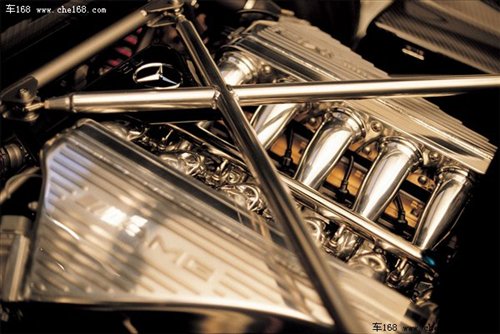The Perfect Interpretation of the Ultimate Brief Introduction to the Brand History of pagani
Pagani is a famous brand specializing in super-manufacturing. Like the famous brand, it was born in Modena, an Italian town known as the hometown of super-running. The super sports cars produced in pagani are world-famous for their extreme performance, exquisite craftsmanship, expensive price and rare output of order production.
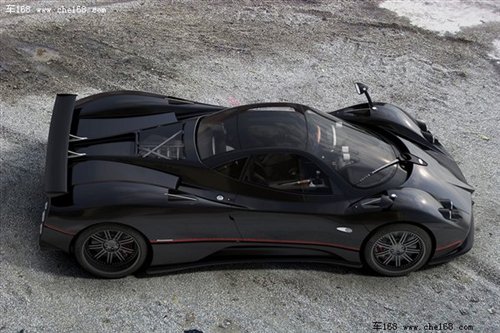
1992: pagani brand was born.
Super sports cars with extremely high performance and high price have always been the most sacred spiritual leader in the hearts of fans. However, due to the small audience, high cost and low output, and the global economic impact, the super sports car market has been erratic. Although there have always been many successful examples, the lessons of failure are more common, making many manufacturers just a flash in the pan, and its operation difficulty is beyond imagination. Under such circumstances, it is necessary to take greater risks to create a new brand. Mr. Horacio pagani, an Argentine, created his own pagani brand step by step with his extraordinary talent.

Mr Horacio Pagani, a former Argentine F3 racing designer, came to Modena, Italy, to work as a car body manufacturer in 1982 at the suggestion of the famous F1 champion Fangio. Pagani believes that carbon fiber materials can effectively reduce the weight of the car and improve the rigidity of the car body, and should be widely used in the manufacture of super sports car bodies that pursue performance. Taking this as a starting point, pagani Synthetic Materials Laboratory was established. Later, the research and development achievements were applied to the famous Diablo model, and the successful case strengthened pagani’s belief in setting up his own company. After continuous efforts, pagani finally set up his own dream supercar company in Modena in 1992, and the pagani brand was born.
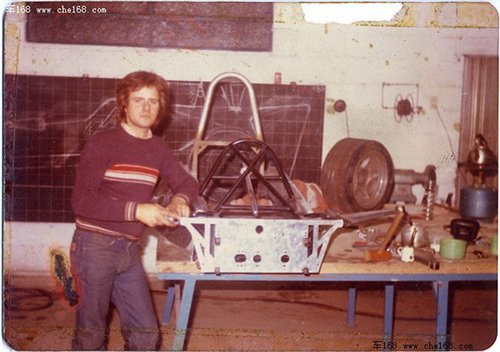
In 1982, Mr. Horacio pagani went to the Italian Lamborghini Car Factory to work as a car body manufacturer.
1999 -2010: Pushing the manufacture of super sports cars to the extreme —— The birth and development of Zonda cars in pagani
With the help of Mr. Fangio, pagani reached an agreement with Mercedes to use the V12 cylinder produced by AMG for its models to ensure its strong power performance. In memory of Mr. Fangio’s great help, pagani originally planned to name the car Fangio, but unfortunately, Mr. Fangio died without seeing the birth of the first sports car of pagani brand. In 1999, pagani officially released the first super sports car of pagani brand, but the name of the car was changed to C12 because it could not bear to be used by its predecessors. The word Zonda refers to the north wind blowing from the Andes to Argentina, and this name also implies pagani’s affection for the passing of Argentine driver Mr. Fangio. At home, we gave him a more concise name-the son of the wind.
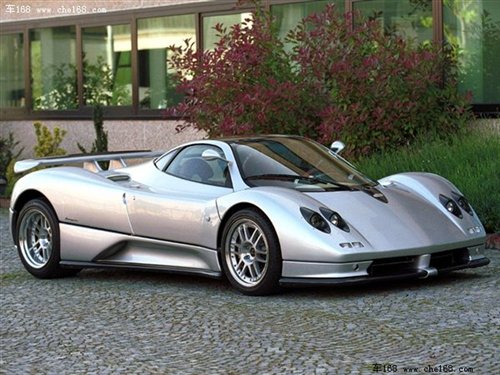
In 1999, pagani launched the first generation Zonda supercar.
Zonda uses a 7.0-liter V12-cylinder engine made by AMG, which can output 394 horsepower with a peak value of 570 Nm. Carbon fiber material covered the whole body, and the carriages were also made of carbon fiber. The frame adopts the tubular steel frame commonly used in super sports cars. The weight of the 1310kg car is even 140kg lighter than Diablo’s. Zonda’s shape has also been tested in the wind tunnel. The design of the front air dam, the rear spoiler and the rectifier can generate 500 kilograms of downforce on the car body at a high speed of 300 km/h, and the specific gravity of the car body is uniform, so Zonda still has high stability even at an ultra-high speed of more than 300 km/h. The wedge-shaped nose and drop-shaped glass carriage are extremely special in design, which is in great contrast with the flat shape generally adopted by other brands of super sports cars at the same time. For example, the exhaust pipe at the rear of a jet plane has become the registered trademark of this Zonda in pagani.

Parts and components of pagani Zonda come from different places. Except for the famous AMG engine suggested by Van Gio, other components, including leather, brake, etc., are also designed and commissioned by an external factory. After the parts are made, they are sent back to Modena for assembly by a design company. This method ensures the quality of each component and at the same time, the design cost can be well controlled. Even so, Mr. pagani, who is striving for perfection, insists on making some parts by hand, so that each production car is as delicate as a work of art, and the owner can enjoy the sense of honor that other brands can’t give.
The launch of Zonda S model further strengthened the overall performance of pagani sports car.
In 2002, pagani thought that the super sports car needed more powerful power performance, so Zonda S came on the market. On the basis of the prototype car, the engine was a 7.3-liter V12 cylinder engine produced by AMG, the maximum horsepower was increased to 555 horsepower, and the acceleration time from zero to 100 kilometers per hour was amazing 3.7 seconds. The powerful performance made brands such as Ferrari and Lamborghini, the top super sports car, feel ashamed. Subsequently, pagani introduced Zonda, a convertible model based on Zonda C12 S, to meet the needs of more car owners.
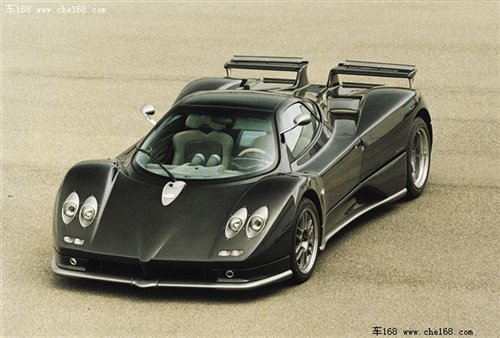
The Zonda S model greatly improves the dynamic performance and makes it faster.
Then the first convertible supercar Zonda Roadster was introduced.
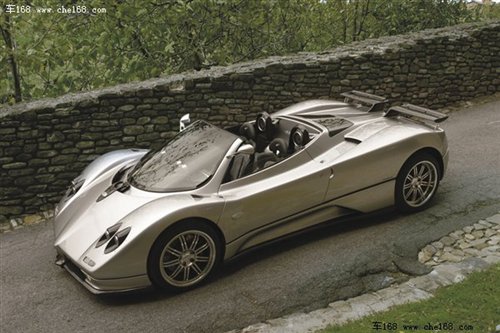
In 2005, Zonda F was introduced, which pushed the performance of Zonda to the extreme.
Three years later, in memory of the late driver Van Gio, pagani introduced the Zonda F model. It not only represents a new change in appearance, but also a bold innovation in technology: 60% of the components in Zonda F are completely different from the previous Zonda S. The power core of Zonda F still comes from the 7.3-liter naturally aspirated V12 engine retrained by AMG, with the maximum horsepower output of 602 HP and the maximum torque of 760 Nm. Equipped with such a fierce engine, the acceleration time of Zonda F is also amazing. It takes only 3.6 seconds to accelerate from 0 to 100 km/h, while the top speed is amazing 345 km/h.
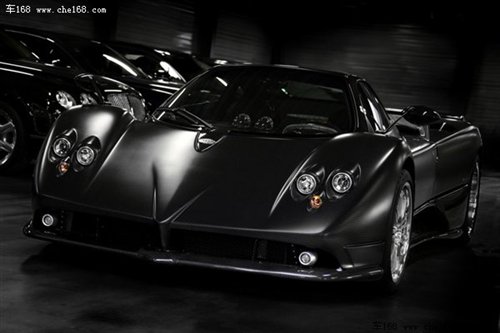
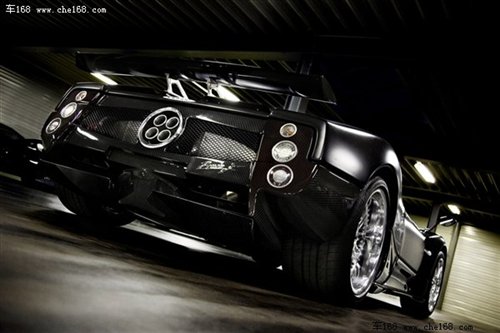
The whole Zonda F is made of a lot of expensive carbon fiber materials, which is 80kg lighter than the previous Zonda S, and the net vehicle weight is only 1230kg. Zonda F is 10cm longer than the previous Zonda S, which is attributed to the nose wing extending forward, which brings more downward pressure to Zonda F.. The improved aerodynamic components also include a carbon fiber tail, and with the combined action of the bottom diffuser, the downforce obtained by Zonda F at 300km/h is close to 600 kg. Zonda F has continuously refreshed the best lap time of runways around the world since its launch. The famous British car show "Top Gear" ranked the best lap times on the test track, and the achievements created by Zonda F surpassed Ferrari ·Enzo, ·MC12 and other super sports cars in one fell swoop.
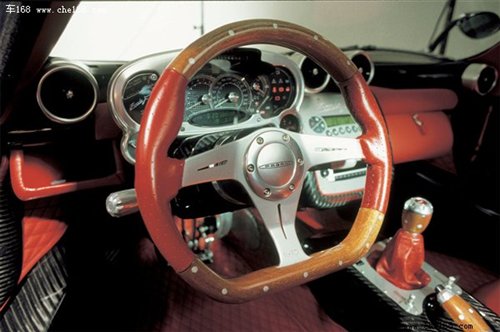
It is more appropriate to directly understand that it is a work of art produced in pagani rather than a super sports car. The handmade interior can be called a boutique, which makes other brands of super sports cars far behind.
